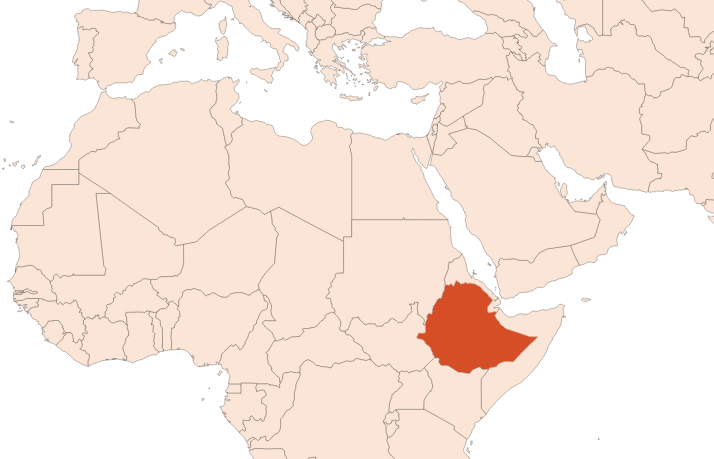
Do you sell any of the raw materials? Would you like to let our users know?
Send an email to fournisseurs@scentree.coto learn about our advertising opportunities.
Do you sell any of the raw materials? Would you like to let our users know?
Send an email to fournisseurs@scentree.coto learn about our advertising opportunities.
General Presentation
-
CAS N° : 68916-26-7
-
EINECS number : 272-826-1
-
FEMA number : 2319
-
Appearance : Brown liquid
-
Density :
-
Volatility : Base
-
Price Range : €€€€
Physico-chemical properties
-
Optical rotation : Donnée indisponible
-
Vapor pressure : Donnée indisponible
-
Refractive Index @20°C : Donnée indisponible
-
Acid Value :
-
Flash Point :
Uses
Uses in perfumery :
Useful for oriental, leather notes etc. Contributes to the base note and is a good fixator.
The use of civet in perfumery happens very rarely for ethical reasons.
Often, the use of civet extracts is replaced by the use of molecules with an animal smell or by bases reproducing the smell of civet.
Major Components :
- Fatty alcohols and acids
- Civettone (≈3%)
- Skatole
- Civettol

Photo credits: ScenTree SAS
Botanical name :
Civettictis civetta (Schreber, 1776)
Synonyms : Viverra civetta Schreber, // Viverra poortmanni Pucheran,
Botanical profile :
The civet is an animal of the Viveridae family and of the genus Viverra.
Chemotypes :
The civet used in perfumery is an animal exclusively found in Ethiopia.
Extraction process :
The civet, or musk cat, has a visible gland in the form of a pocket on its genitals. The secretion contained in these pockets is extractable and obtained by scraping or squeezing this gland. Both male and female has this pocket but males are the first targets for extraction because their pockets are more abundant. Each month, the animal can produce 20 to 30 grams of secretion. The captivity conditions of the animal affect the amount of secretion and the quality depends on the food given to the animal and its storage.
Initially, the secretion has a pale yellow colour and becomes brown when in contact with air. The colour of the secretion also depends on the animal diet.
Extraction is done with a volatile solvent to obtain the absolute by glazing the secretion in alcohol, then a filtration is done to remove the solvent. Any adulteration of the secretion made by feeding the animal with potatoes (for example) can be detected by its extraction efficiency. If it is more than 60%, there is adulteration. If it is between 50 and 60%, the extract has a good quality. If it is between 40 and 50%, the quality is intermediate.
The civet absolute can be rectified to be bleached, without a great olfactory deterioration.
Other comments :
Civetone is the fragrant compound of the absolute obtained after extraction with a volatile solvent. The absolute also contains musks such as Muscone® or Exaltolide®.
Formerly, civet was one of the most used scent to perfume gloves, because its power goes very well with the smell of leather. Civet also served for pomander, worn as a necklace in the seventeenth century. The civet was used until the beginning of the 20th century, before it was slowly replaced by synthetic bases and molecules.
The Asian civet excrement (not commonly used in perfumery) are edible. This animal does not digest food and its manure is used to make a coffee called Kopi luwak.
Stability :
Solubility issues in perfumes
Stable oil in perfumes and in diverse functional bases
Regulations & IFRA
Allergens :
This ingredient does not contain any allergen.
IFRA 51th :
This ingredient is not restricted for the 51th amendment


